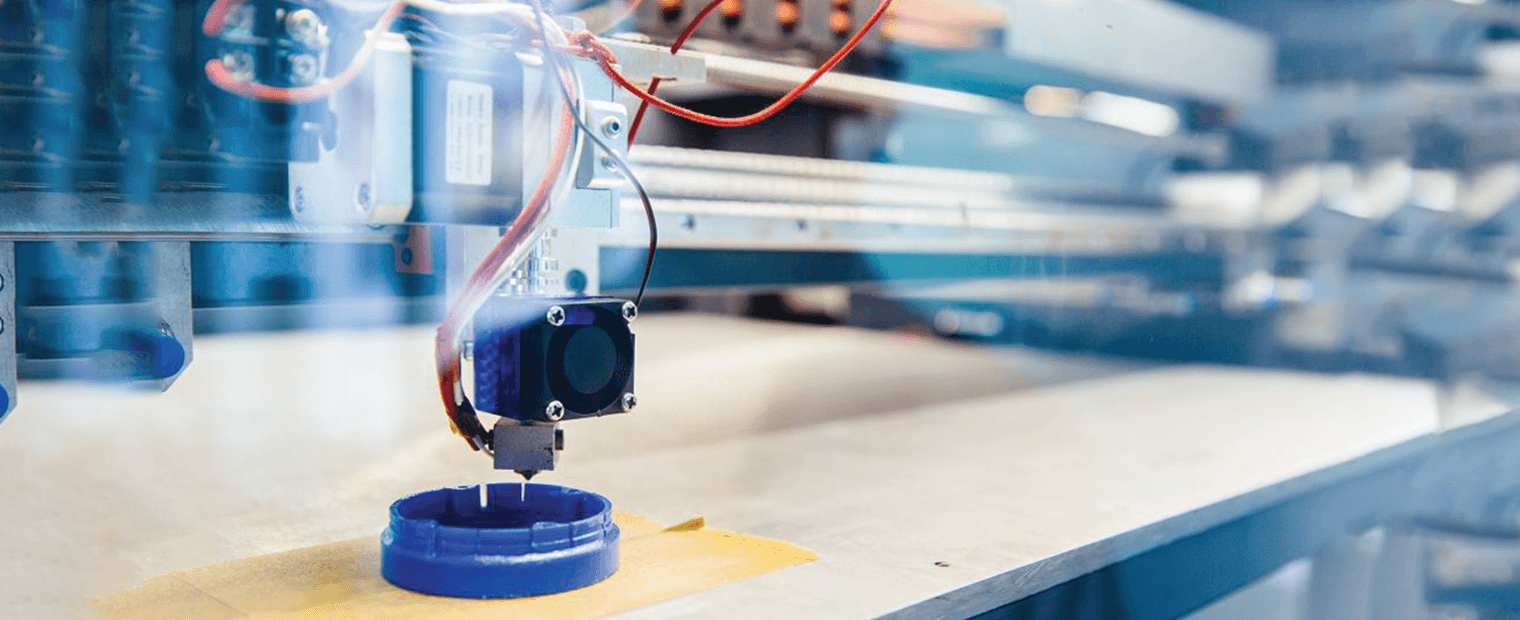Modern 3D printing turns graphic designs into physical objects you can hold in your hands. It’s a remarkable technology that’s been used to print everything from “human” bones, muscles, and ears to personalized food such as pizza.
Despite all the benefits it brings, and aside from its relatively high costs, there are three main disadvantages to 3D printing:
– It requires a lot of energy.
– It uses non-biodegradable materials such as plastics made from fossil fuels.
– It produces fumes with toxic by-products.
Fortunately, new technologies are being developed that allow 3D printing to be done in an environmentally responsible way at a lower cost. For instance, many biodegradable 3D printer filaments have been developed to be more eco-friendly and are viable alternatives to plastic filaments.
Plastic Alternatives for 3D Printing
Using plastics responsibly, working towards eliminating plastic waste, and using recycled plastic in 3D printers are sustainability goals many organizations are adopting. Along with all the other environmental benefits of using plastic alternative materials, these new plastic recycling technologies are allowing waste to be printed into valuable products—and at a fraction of their normal cost.
Reducing plastic waste is undeniably environmentally friendly, but it’s also a savvy business practice many industries and manufacturers are embracing to appeal to the growing concerns and demands of consumers. For instance, global cosmetics firm L’Oreal uses 3D printing for some of its final products. And the company recently committed to using 100% recycle or bio-based plastics in all its packaging by 2030.
How can a company be environmentally responsible while using 3D printing? One solution is using filaments made from more sustainable materials. The plant-sourced plastic known as PLA is already quite popular for use in desktop printing. PLA is also recyclable, which takes its sustainability credentials to the next level.
UBQ™ Material and 3D Printing
The choice of material is the most crucial factor in making the 3D printing process more environmentally friendly. Wood, soy, seaweed, and algae have all been used to develop alternative filaments.
UBQ has also gotten involved in the sustainable 3D printing process. We believe using recycled plastics and sustainable materials like UBQ’s thermoplastic puts us on the right side of history. It only makes sense that a product that can be used in the manufacture of automotive parts, household goods, waste bins, and food service trays could also be used in 3D printing. By helping to reduce the amount of fuel-based plastics used in 3D printing, UBQ Material is also helping manufacturers:
– End the toxic life cycle of throwaway products that end up in landfills or incinerators.
– Reduce the amount of natural resources consumed.
– Reduce emissions.
– Transition to a circular economy where materials are reused as many times as possible.
This cradle-to-cradle approach disrupts traditional methods by encouraging businesses to produce for reuse, not landfills.
The Future of Alternative Plastics in 3D Printing
Even though 3D printing has been around for decades, it’s still a relatively immature technology that will only fully evolve when large corporations and manufacturers see it as useful in large-scale applications. As more companies switch to recyclable materials and adopt new supply chain policies, it’s reasonable to expect they will also look for ways to make 3D printing a financially viable alternative in their manufacturing processes.
For now, 3D printing experts agree the technology will continue to revolutionize the way goods are developed, created, and sourced. Many predict that due to advanced materials and proprietary applications, 3D printing will become fully integrated with traditional manufacturing within the next decade. As more companies adopted 3D printing into their manufacturing process, UBQ Material will be right there, too, helping them successfully meet their sustainability challenges.


